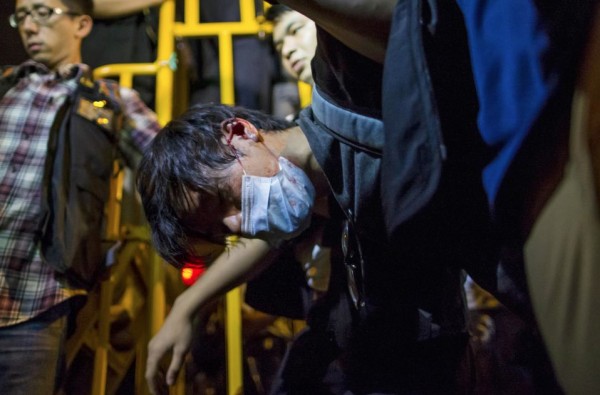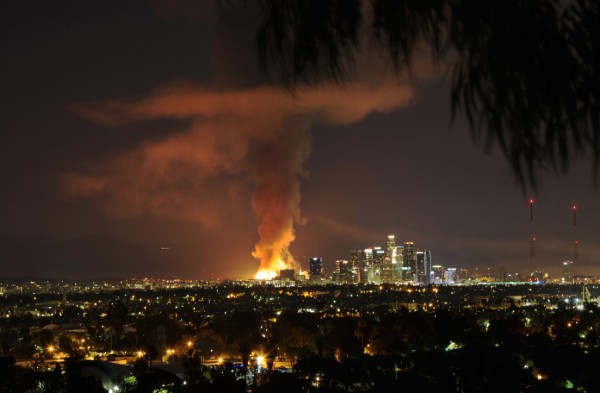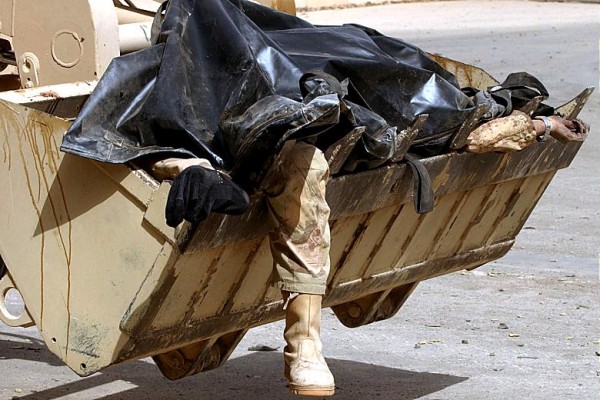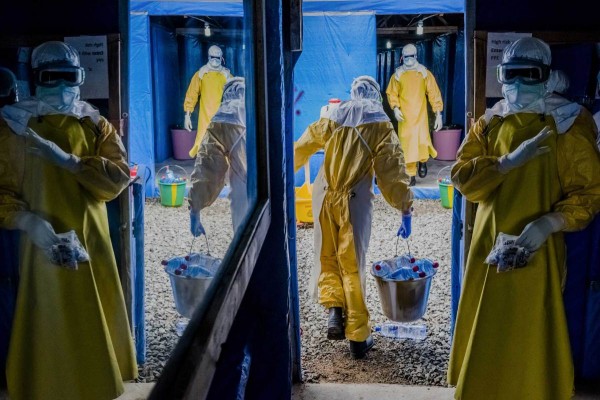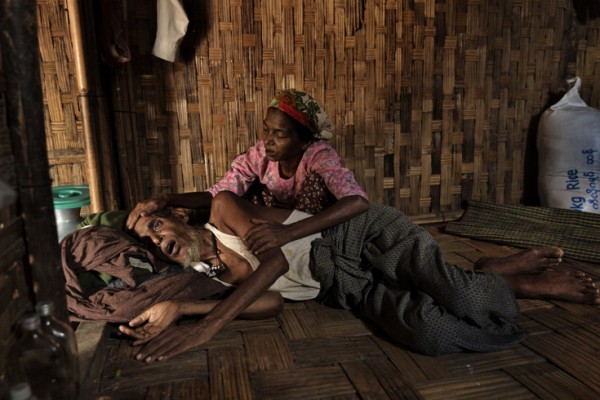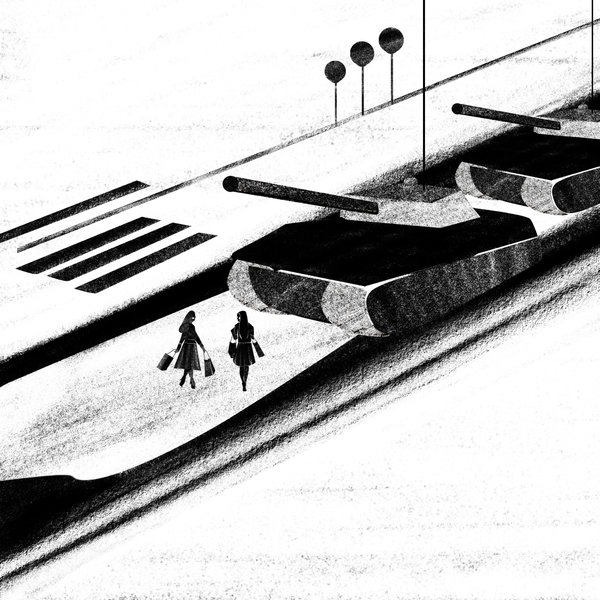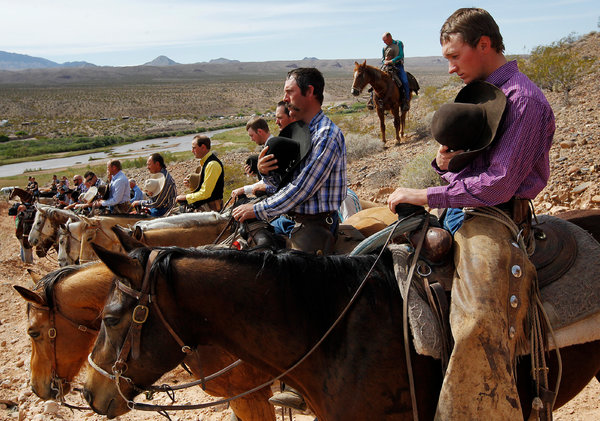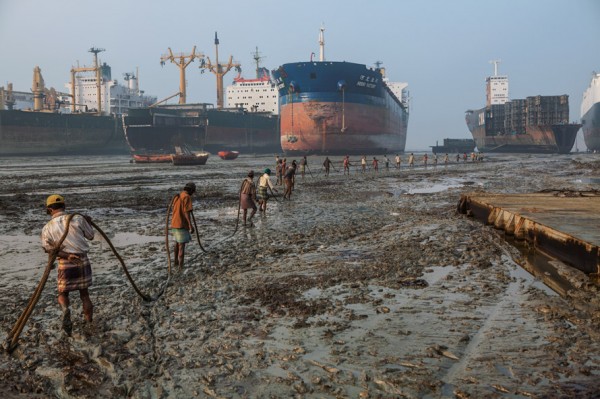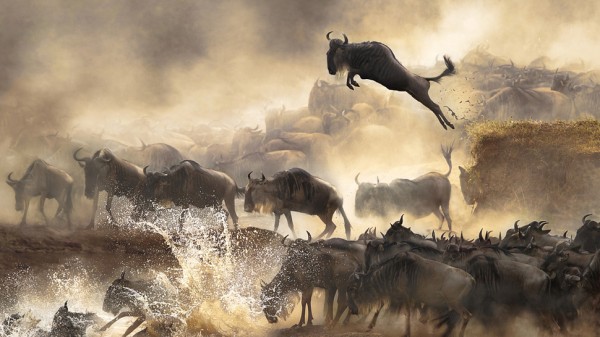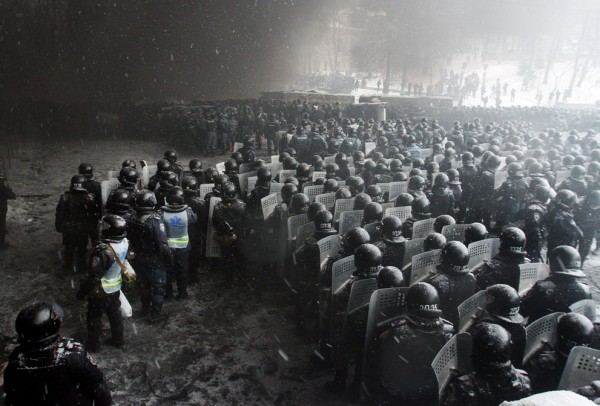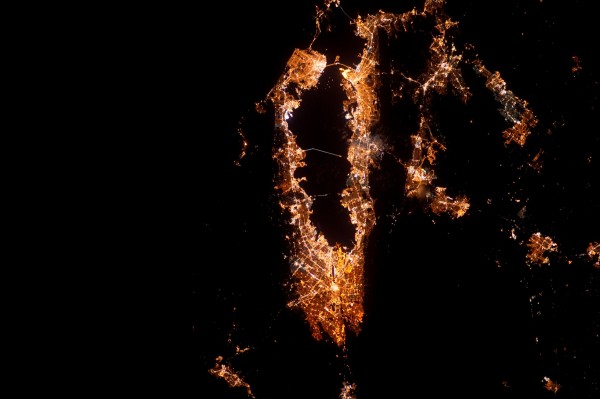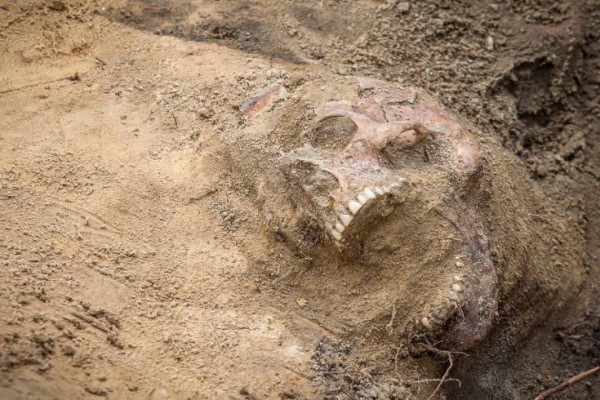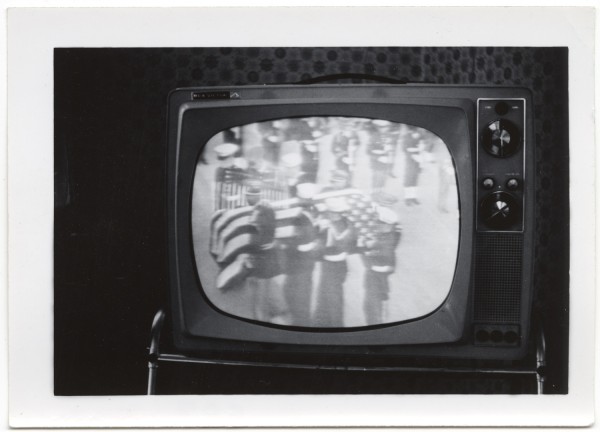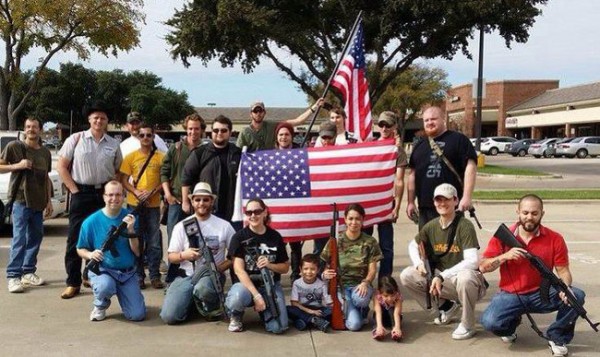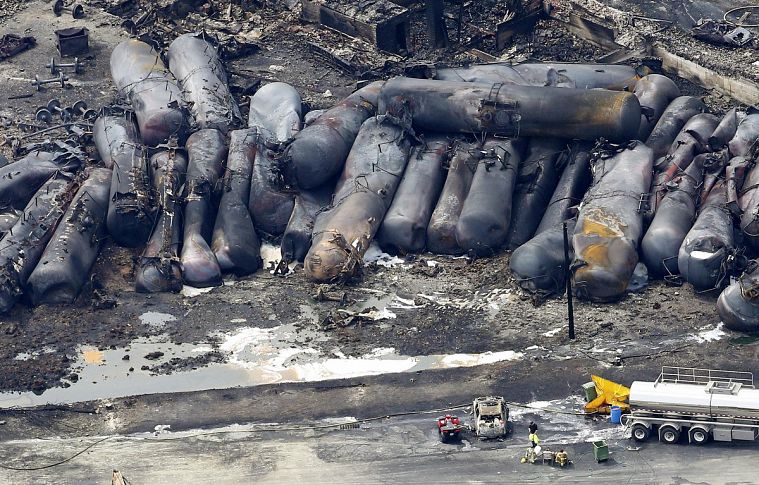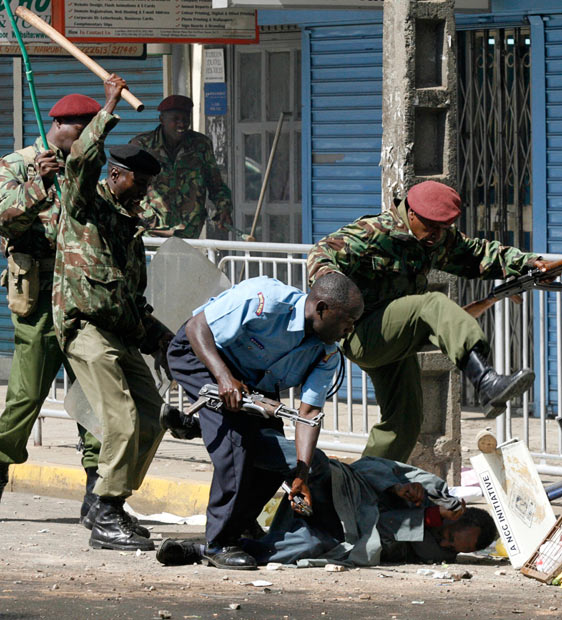The Beatings Will Continue
If all we can do is watch, we should at least recognize that we have a responsibility to do so, all down the line.
Continue ReadingThe Beauty of LA Burning
LA burning isn’t beautiful because LA deserves to burn. LA burning is beautiful because we can see it that way.
Continue ReadingThe Day After Remembrance Day
Much ink has been spilled about whether photojournalism should expose the bodily horror of war. This photo, like many others in the archive, demonstrate that less can be more: there is little need to see the gore, because more than physical destruction is at stake.
Continue ReadingWhy that NYT Liberia Photo, Reflecting an Ebola Treatment Unit in the Mirror, Was so Contagious
The media panic has involved massive injections of fear regarding viral replication, contagion, and the ultimate displacement of death, so perhaps an image of photographic doubling can contain some of the excess emotion.
Continue ReadingAnd Then, There's Burma
While the world is fixated on Gaza, the Muslims in Burma/Myanmar bear the added trauma of being ignored or considered not worth saving.
Continue ReadingSomalia is Not Just a War Zone
The point here is not to celebrate the human spirit, but rather to understand that people don’t have to be asking for the moon when they ask for peace and stability. A normal life will do.
Continue ReadingTank Man, Inc.
I have no doubt that China needs more democracy, but I would not offer the present mix of populism and neoliberalism that defines politics in the US today as a splendid model to which they should aspire.
Continue ReadingBad Westerns: That Shot of the Bundy Posse Observing the Anthem
What may be a moment of reverent patriotism is also an image of the last cowboys mourning their own demise.
Continue ReadingA Rising Tide Lifts All Boats … and Other Modern Myths
If the National Geographic photos are aimed at social reform, they document something else as well: the shift in modernism from a utopian to a dystopian trajectory.
Continue ReadingJudging the Photography Awards: Why Not Just Paint It?
Photographs can favor artistry over other values such as documentary witness, hard-boiled realism, formal simplicity, or critical provocation. But should they win awards for it?
Continue ReadingThe Face of the Future in Kiev’s Battle for Middle Earth
I’ve argued before that conflict photography is accumulating evidence of a of disturbing change in the political and cultural dimensions of modern violence: that it is becoming less modern.
Continue ReadingWhat Can You Really See From Space?
The problem I want to raise is that once you’ve been given a literal description of the image, your imagination may shut down too soon.
Continue ReadingOn any Given Day, What May be Needed is Not 400 Photographs, But Just 1
There is much more to the "photo excess" discussion than the likelihood of being overwhelmed. Bob Hariman weighs in.
Continue ReadingWe Are All Bystanders: 18 Visual Scholars Reflect on Previously Unseen JFK Assassination Photographs – #3
We at BagNews were interested in bringing a deeper visual analysis to the 50th anniversary of the Kennedy assassination. Accordingly, we invited a broad group of distinguished visual scholars to provide us with brief responses to unknown photographs from November 1963. This is the last of a three post...
Continue ReadingOn That Open Carry Parking Lot "Shooting"
Maybe it’s just me, but I can’t help seeing (that profile) view as a targeting, and exactly the angle that a real enemy would take. More to the point, we can see how the potential for violence invites a greater potential for violence.
Continue ReadingMineral, Vegetable and Animal: after the Quebec Tank Car Explosion, Robert Hariman’s Meditation on Oil
I know human beings were decimated without purpose. Nonetheless, I think this photograph captures something important about the larger economy of life and death in a machine age.
Continue ReadingRobert Hariman On Daniel Etter's Viral Taksim Square Protest Photo
Neither quite color nor black and white, it seems to create a dimension halfway between documentary reportage and artistic reflection.
Continue ReadingWhen Words are Photoshopped
So it turns out that there really are two sets of rules: the rules that guide reporting what is supposed to be said, and the rules that insure that some things are not said.
Continue Reading